…biosecurity has become central to conservation in recent years and the benefits of investing time and resource into producing biosecure plants will pay dividends…
Matt Elliot, RBGE plant health & biosecurity scientist
The Scottish Plant Recovery project aims to return 10,000 individuals of ten threatened plant species to sites around Scotland. This ambitious target will initiate recovery of the species and contribute to restoring and regenerating habitat across large tracts of land being managed for nature. The planting work aims to create populations that are genetically diverse and to put them in places where they should be able to multiply and spread.
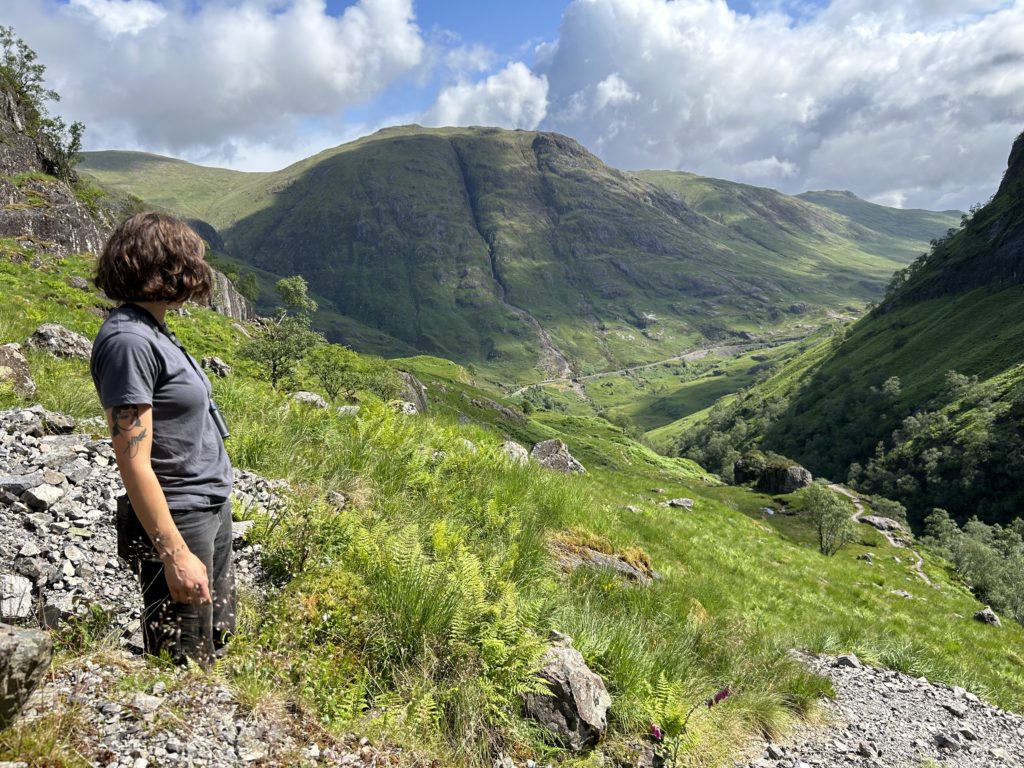
Yet, as positive as this sounds, there is considerable potential risk for nature in this recovery work. Perhaps the most high-risk element of what is called ‘conservation translocation’ is the production and movement of plants. There are numerous cases of plant pathogens, particularly water moulds (Phytophthora species), being accidentally introduced into new habitats on the plants that have been produced for reintroductions, translocations and restorations. These pathogens are invisible to the naked eye, and so can be present within the plant itself, or the growing medium or soil covering the roots. The risk is particularly high if the plants come from a commercial nursery where the amount of plant movement and potential for disease spread will be greater.
Since the year 2000, many damaging plant pests and diseases have been accidentally introduced into the UK through plant movements, causing significant damage to wildlife and the landscape. These include ramorum disease (Phytophthora ramorum), the cause of sudden larch death, Phytophthora austrocedri, the cause of a disease of native juniper, ash dieback (Hymenoscyphus fraxineus), a serious threat to ash trees and oak processionary moth (Thaumetopoea processionea), a significant management issue on oak trees.
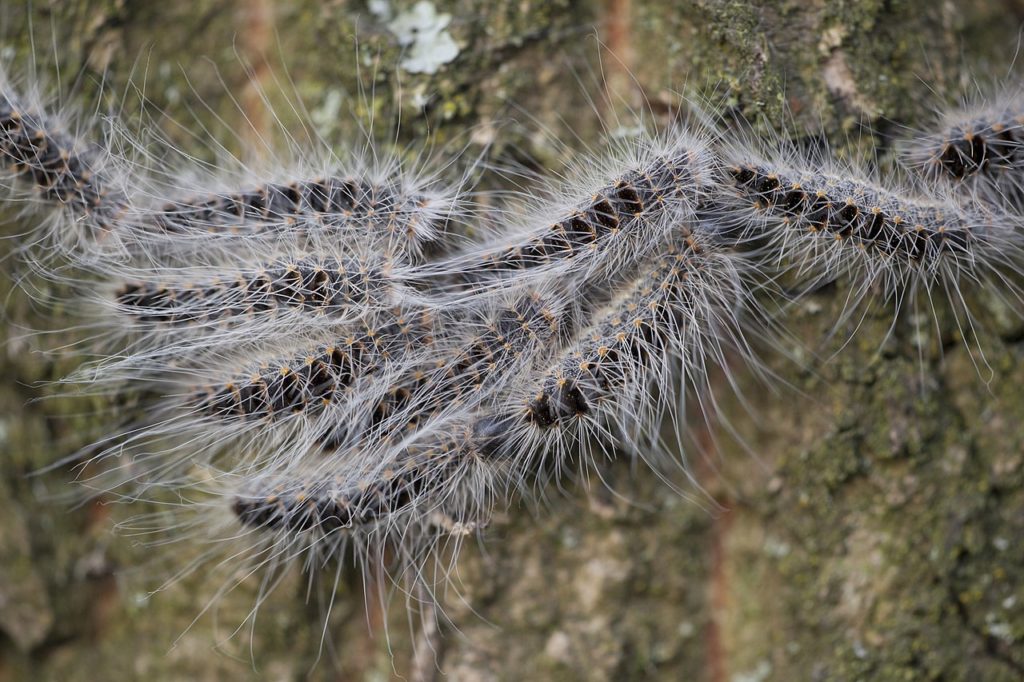
This has prompted UK-level scientific advice that introduced species are one of the five main drivers of global biodiversity loss. It has become widely accepted that these damaging species move around the globe on traded plants, timber, wooden products, and by hitchhiking on non-plant products.
Avoiding and minimising these risks through biosecurity measures is one of the top management issues that the Scottish Plant Recovery team has been working on. We have benefitted from the in-house plant health expertise of the Garden and our membership of Scotland’s Plant Health Centre. The Garden’s plant health experts helped to develop best practice guidance for conservation professionals doing plant translocation projects.
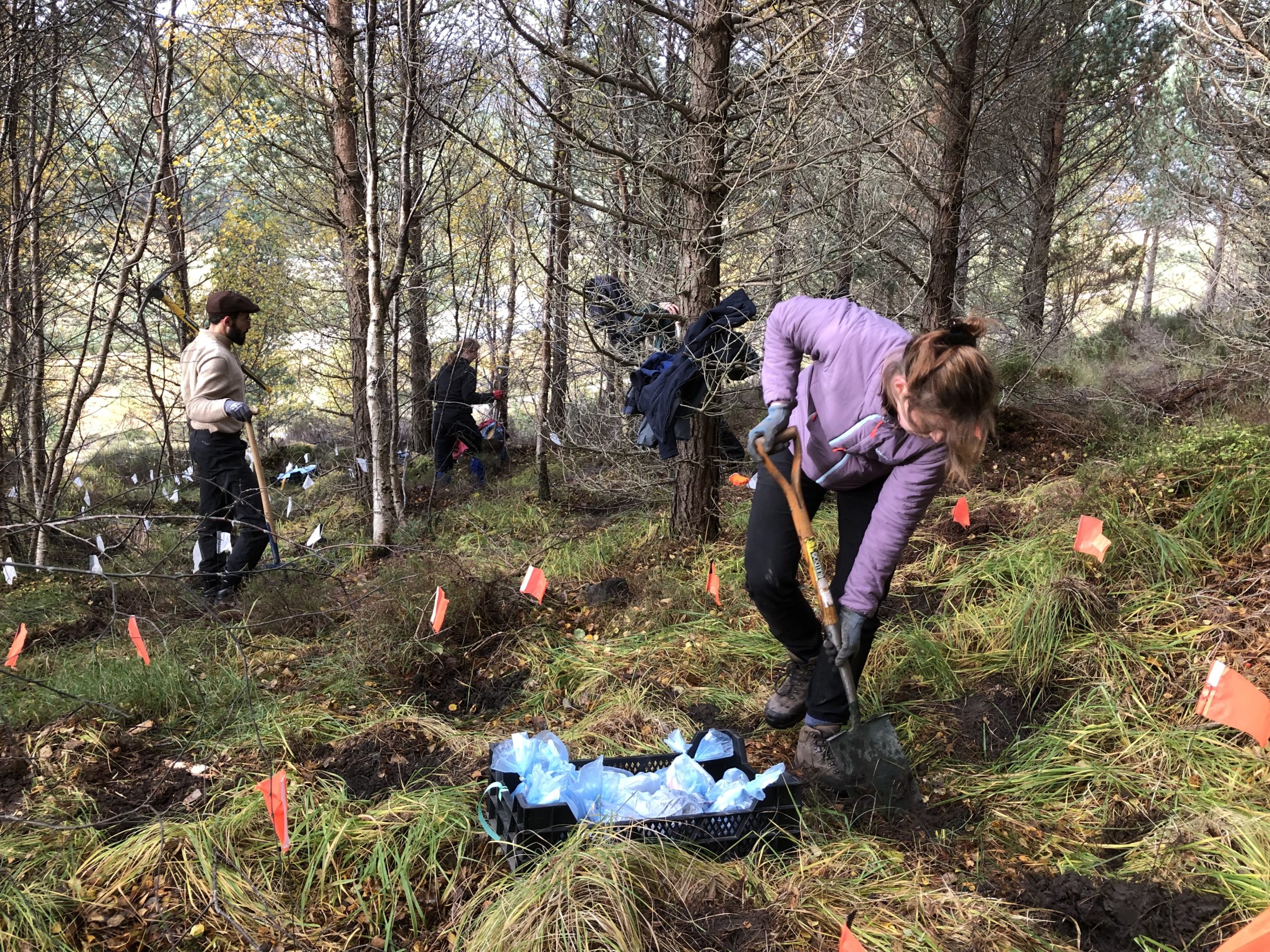
Biosecurity is considered at all stages of the project’s work, including seed collection from wild populations, germination, growing on and when plants are finally returned to the wild. This represents a new and more rigorous approach. The team follows the Plant Health Management Standard (PHMS) which examines every element of plant production and movement. The processes are then audited annually as part of the Garden’s membership of the Plant Healthy Certification Scheme. This ensures that the required plants are produced as safely as possible.
It is critical to arrive and leave clean as part of a site visit, including visits to the plant propagation facilities in the Garden’s nursery. Disinfecting footwear before entering the site to avoid inadvertently transporting soil borne pathogens from previous sites has become a reflex action for the team. This is particularly important if more than one site is being visited in a single day. If any tools are being used, they also need to be disinfected before entering and leaving the site.
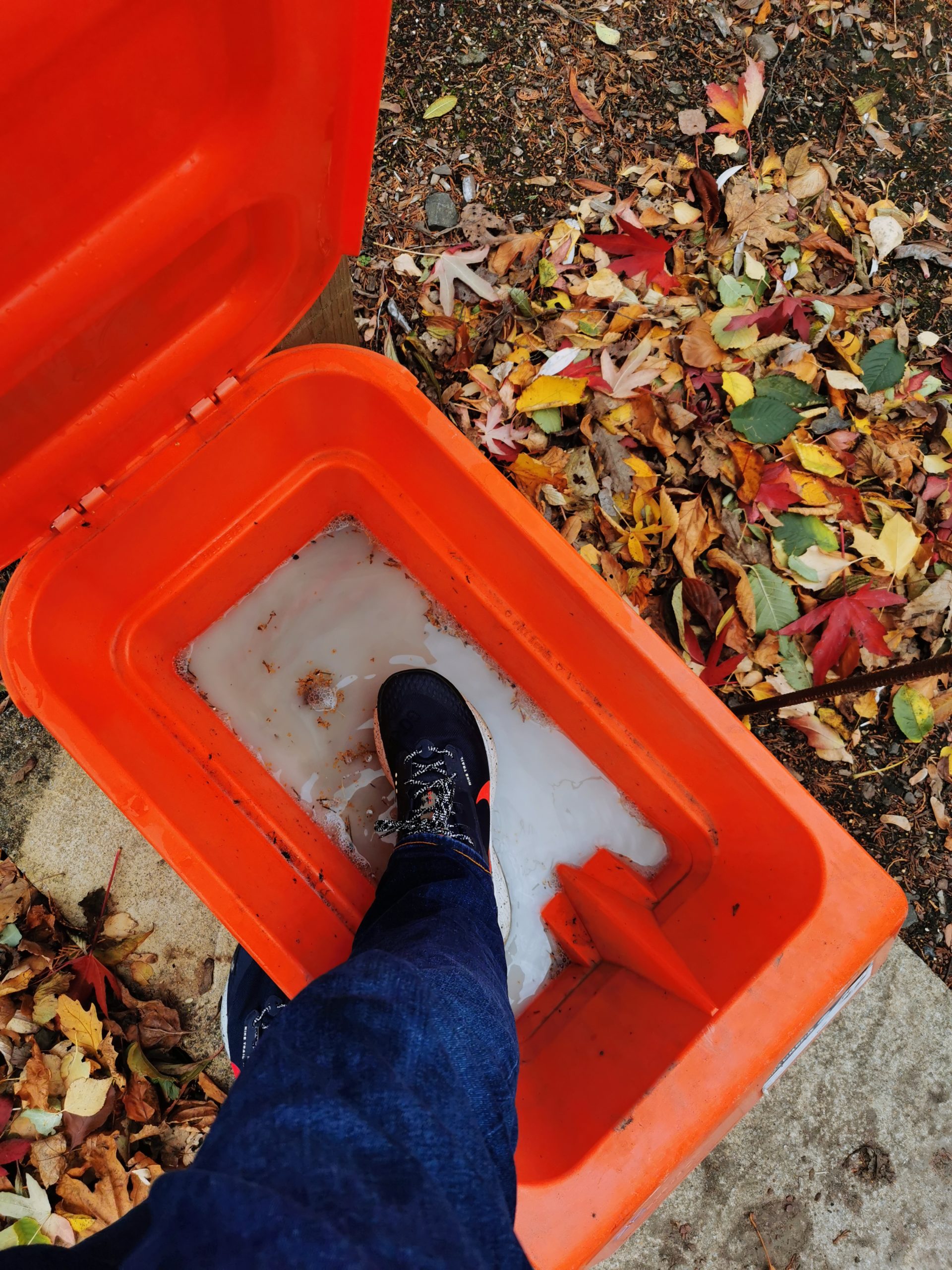
These actions have been adopted to minimise risk:
- Production of a pest risk analysis of the pests and diseases which are relevant to the plants being produced.
- Footwear cleaning facilities are located at the entrance to the nursery and each propagation tunnel.
- There is restricted access to the nursery and areas producing the plants.
- The plants produced for this project are kept separate from other plants in the nursery.
- Disinfection of pots and equipment is standard.
- Plants are grown at least 1 m off the ground to avoid pathogens moving between pots.
- The sourcing of growing media and other equipment that will be used is carried out with great care.
- Plant waste produced on site is heat treated to kill pests and diseases.
This approach is new to plant conservation in Scotland and has not been without its challenges. However, biosecurity has become central to conservation in recent years and the benefits of investing time and resource into producing biosecure plants will pay dividends for the species of concern. Introducing a new plant pest or diseases on the other hand will add further pressure to plants already under threat in sensitive habitats.
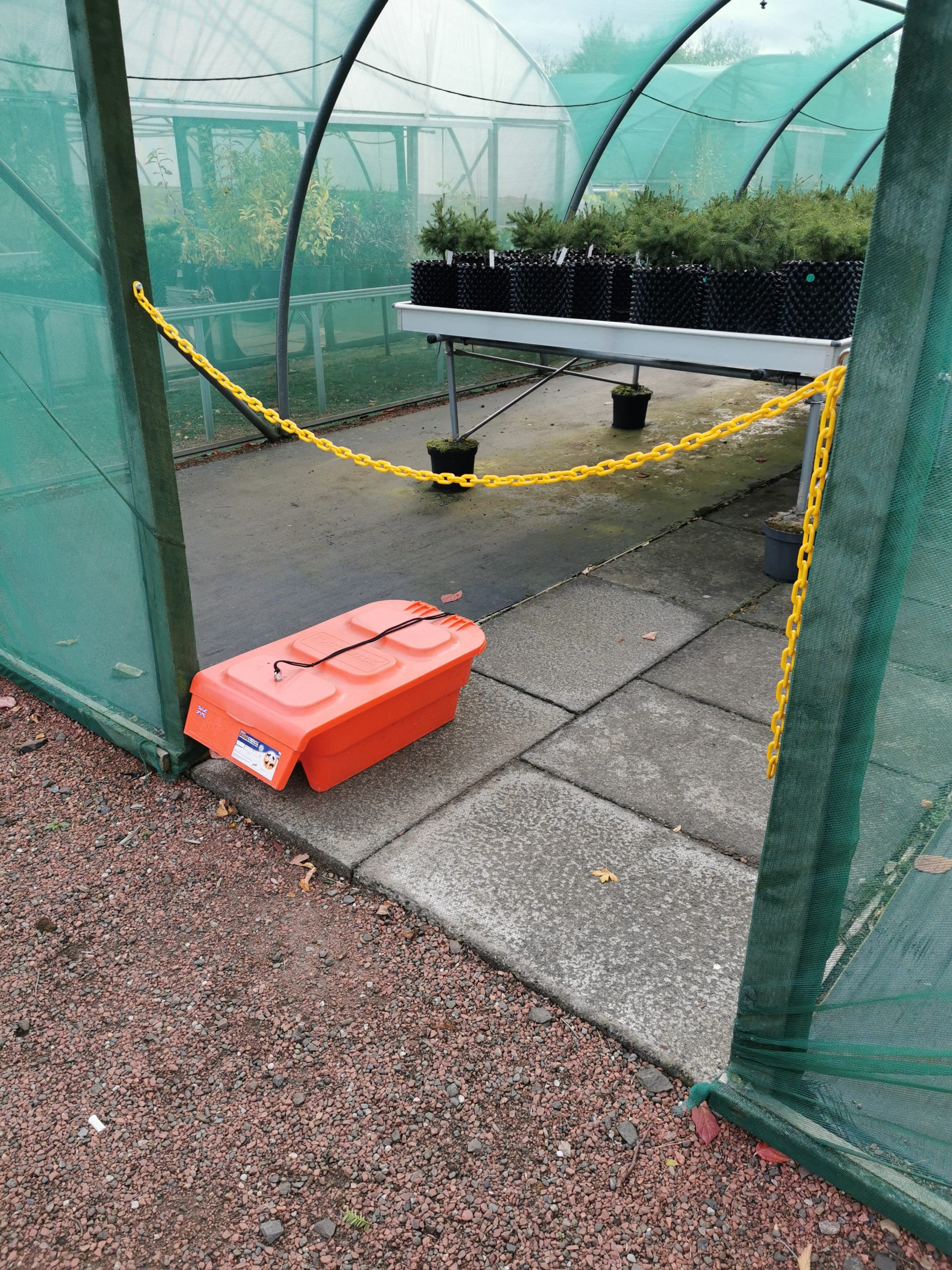
Post written jointly by Matt Elliot and Max Coleman.


- X @TheBotanics
- X @nature_scot
- X and Facebook @ScotGovNetZero
- Facebook @NatureScot
- #NatureRestorationFund
